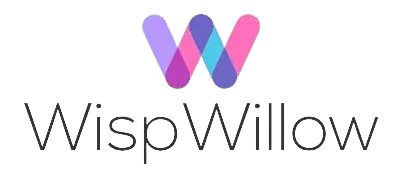What to Look for in an Onboarding Checklist Template: Key Components!
Onboarding a new employee is crucial in successfully integrating into a company. Many businesses turn to onboarding checklist templates to streamline this process, which provides a systematic approach and ensures that all essential steps are noticed. However, not all onboarding checklist templates are created equal. In this article, we will explore the key components of using an onboarding checklist template to make the entire process streamlined and effective.

1. Clear Overview of the Onboarding Process
At the heart of any successful onboarding, a checklist template provides a clear overview of the entire process. This overview should cover all the key stages and milestones in welcoming a new hire. By having an employee onboarding template, HR teams can ensure that everything is noticed and potential bottlenecks can be anticipated.
2. Essential Administrative Tasks
Starting a new job involves various administrative tasks that must be completed promptly for smooth operations. An effective onboarding checklist template should include essential administrative tasks such as completing paperwork, setting up payroll and benefits information, obtaining necessary licenses or certifications, and ensuring compliance with legal requirements.
3. Provision of Necessary Equipment and Resources
Working efficiently relies heavily on employees having access to the right tools and equipment from day one. A good onboarding checklist template should include tasks related to providing necessary devices like laptops or mobile phones, granting access to company software platforms or internal systems, assigning email accounts, and setting up documentation repositories or shared drives.
4. Assigned Mentors/Point-of-Contact
Transitioning into a new workplace can often be overwhelming for employees. Having someone to offer guidance and support makes it easier for them to acclimate quickly. When using an onboarding checklist template, including steps for assigning mentors or point-of-contact individuals helps establish strong workplace relationships right from the start.
5. Comprehensive Training and Development Plan
Investing in employees’ training and development from their early days enhances their skills and increases their engagement and job satisfaction levels. A well-structured onboarding checklist template covers aspects like conducting orientation programs, organizing department-specific training sessions, assigning learning resources or materials, and scheduling evaluation meetings throughout the onboarding period.
6. Job-Specific Tasks
Each employee’s role within an organization is unique, so it is essential to incorporate job-specific tasks into the onboarding process. The template should outline responsibilities, duties, expectations, and any specialized training required for specific roles. All these steps contribute to a practical onboarding checklist, from familiarizing new hires with tools they will use daily to introducing them to key stakeholders or team members relevant to their positions.
7. Integration within the Company Culture
Nurturing company culture right from the very beginning creates a foundation for a positive work environment. An ideal onboarding checklist template includes tasks that promote integration within the company culture, such as introducing new hires to the core values and beliefs of the organization, arranging team-building activities, or scheduling informal meetings with executives or cross-functional teams.
8. Ongoing Support and Feedback Mechanisms
Effective onboarding goes beyond the initial training period. It is essential to ensure ongoing support and feedback mechanisms are in place to help new employees integrate into the company smoothly and address any challenges they may face. This includes regular check-ins with managers, performance reviews, opportunities for career development, and a transparent system for employees to seek assistance or provide feedback.
Conclusion
An effective onboarding checklist template plays a crucial role in ensuring a smooth transition for new employees while saving time and reducing administrative errors associated with the manual onboarding process. By incorporating critical components like a clear overview of the process, essential administrative tasks, necessary equipment provision, mentor assignment, comprehensive training plans, job-specific tasks, and cultural integration steps in your chosen template, you’ll be well-prepared for successfully integrating new members into your workforce.
With these components in mind, HR teams can confidently choose an efficient onboarding checklist template that meets their organization’s unique requirements. This investment pays dividends through reduced ramp-up times and improved employee engagement. So remember, when seeking an efficient onboarding tool – having these key components ensures your success!






